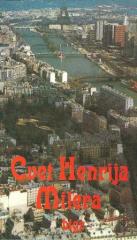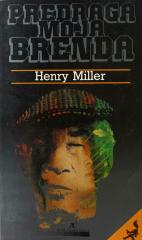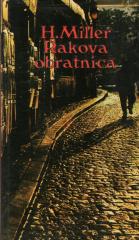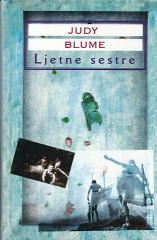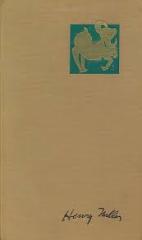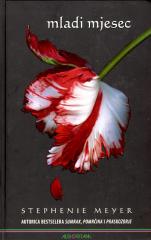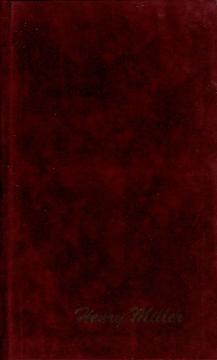
Ružičasto raspeće III: Nexus
Henry Miller's "Nexus" is part of the "The Rosy Crucifixion" trilogy, in which, with less intensity than in his most famous works published in the 1930s in Paris, his rebellion against the stubborn and hypocritical America is sublimated.
Miller's novels were banned in America for nearly thirty years, giving him an "underground" reputation until the US Supreme Court in 1964 overturned the State Court's obscenity charges. It was these works in American literature that began the opening towards sexual themes, freeing them from legal and social restrictions.
Henry Miller (New York 1891 - Pacific Palisades, California 1980) published several essays and short stories in American magazines by the age of thirty. After a series of different jobs in New York, in 1930 he went to Paris, where he lived in poverty for a year. Then he gets a job as a proofreader in the Paris edition of the daily "The Chicago Tribune", thanks to his friend Alfred Perles, under whose name he also publishes several articles. He started writing seriously at the age of almost forty. His novels, especially Tropic of Cancer (1934), caused a lot of controversy in America, and were even banned, so the novels "Black spring" (1936) and "Tropy of Capricorn" (1936) were banned for almost thirty years.
In 1940, Miller returned to the USA and settled in California, where he continued to write and provoke contemporary American society, its cultural and moral values. Miller was also involved in painting - his watercolors are stored in two museums - "The Henry Miller Museum of Art" in the Japanese city of Omachi, and "The Henry Miller Art Museum" in Big Sur, California. Henry Miller's work, almost entirely autobiographical in nature, greatly influenced the writers of the beat generation.
No copies available
The last copy was sold recently.
